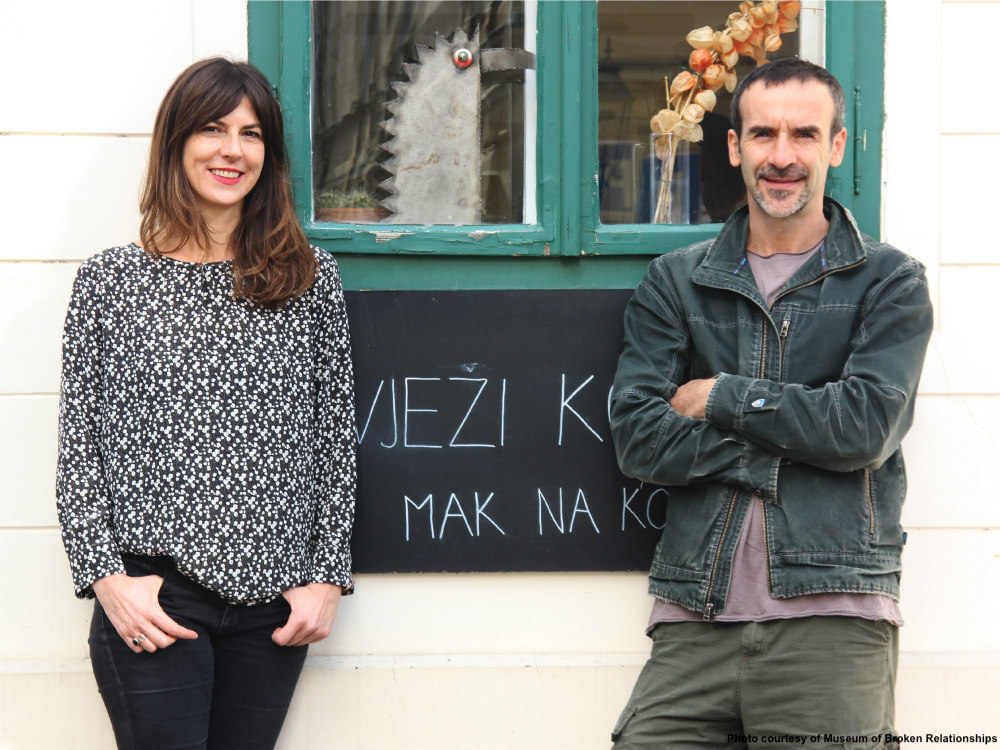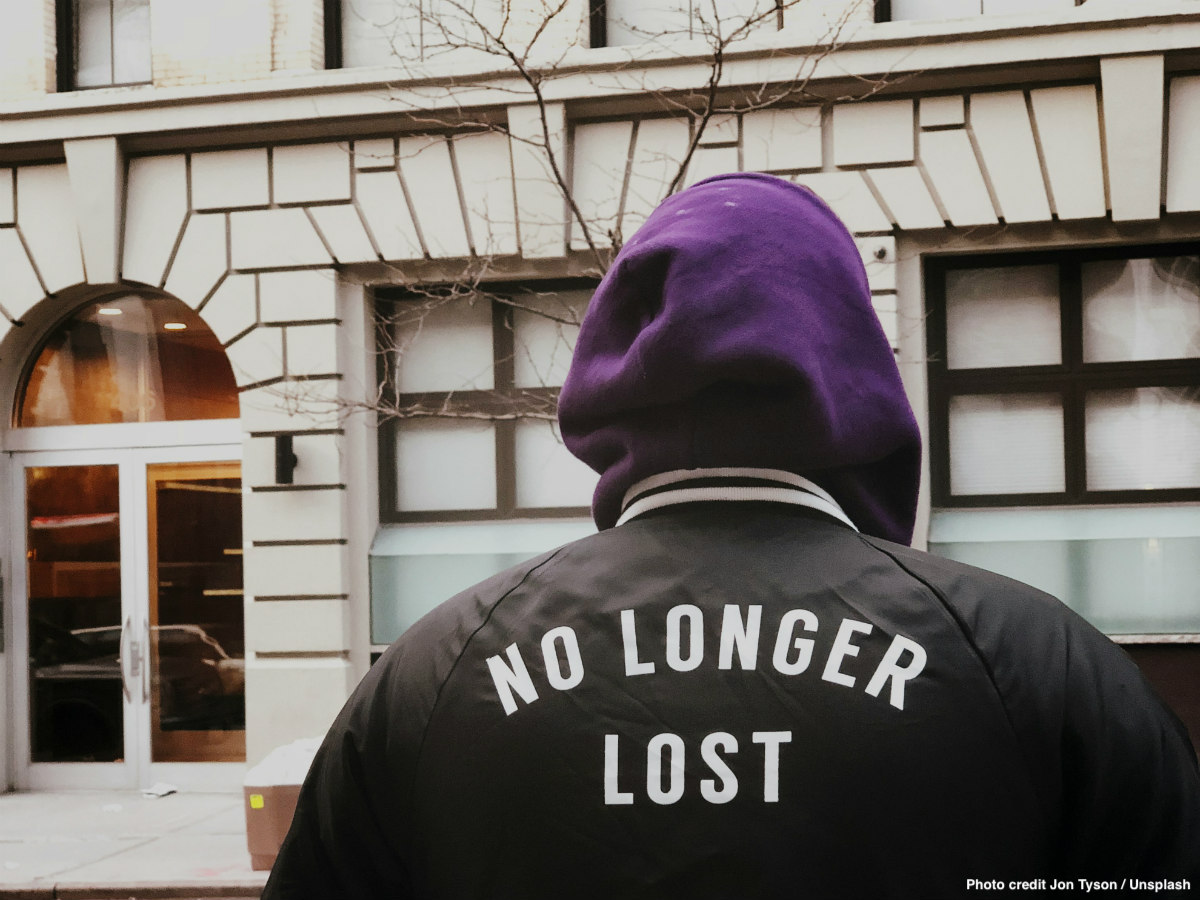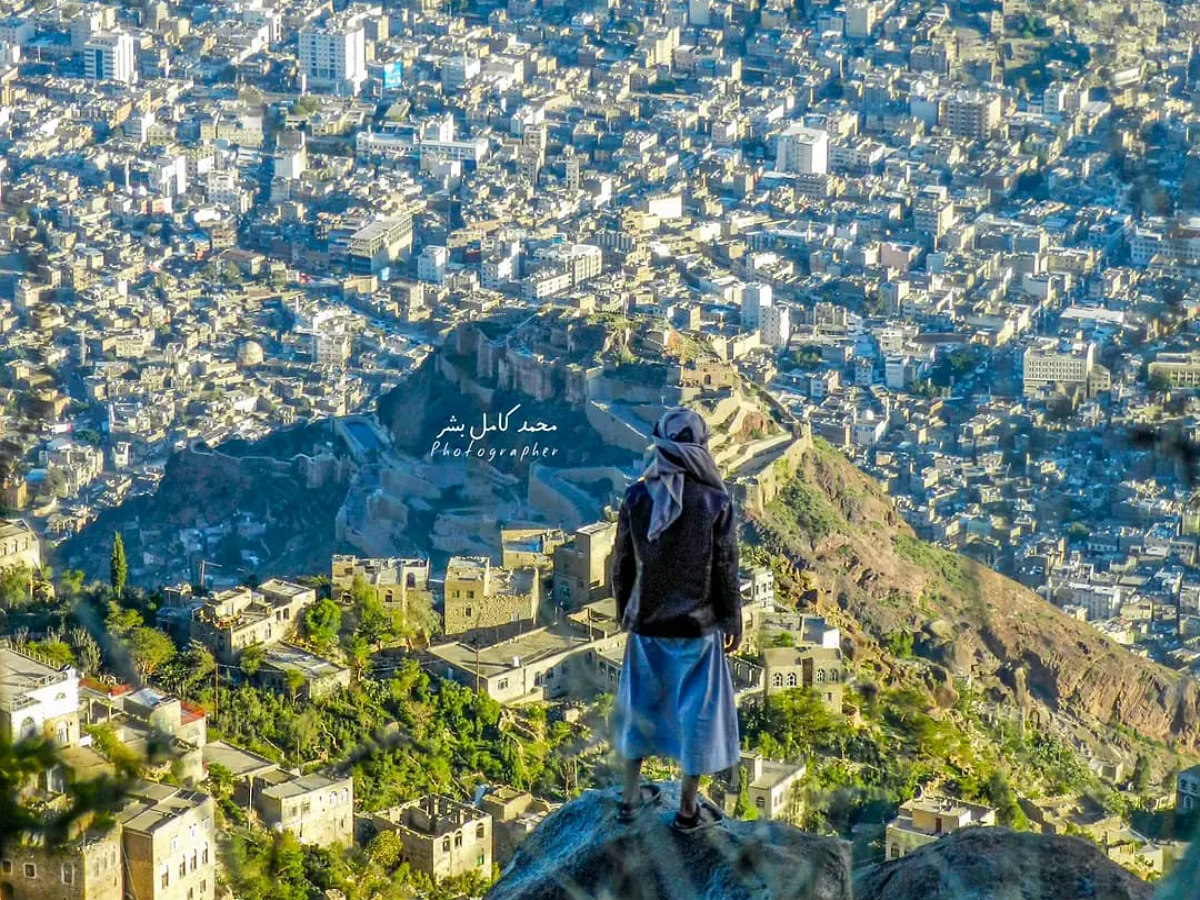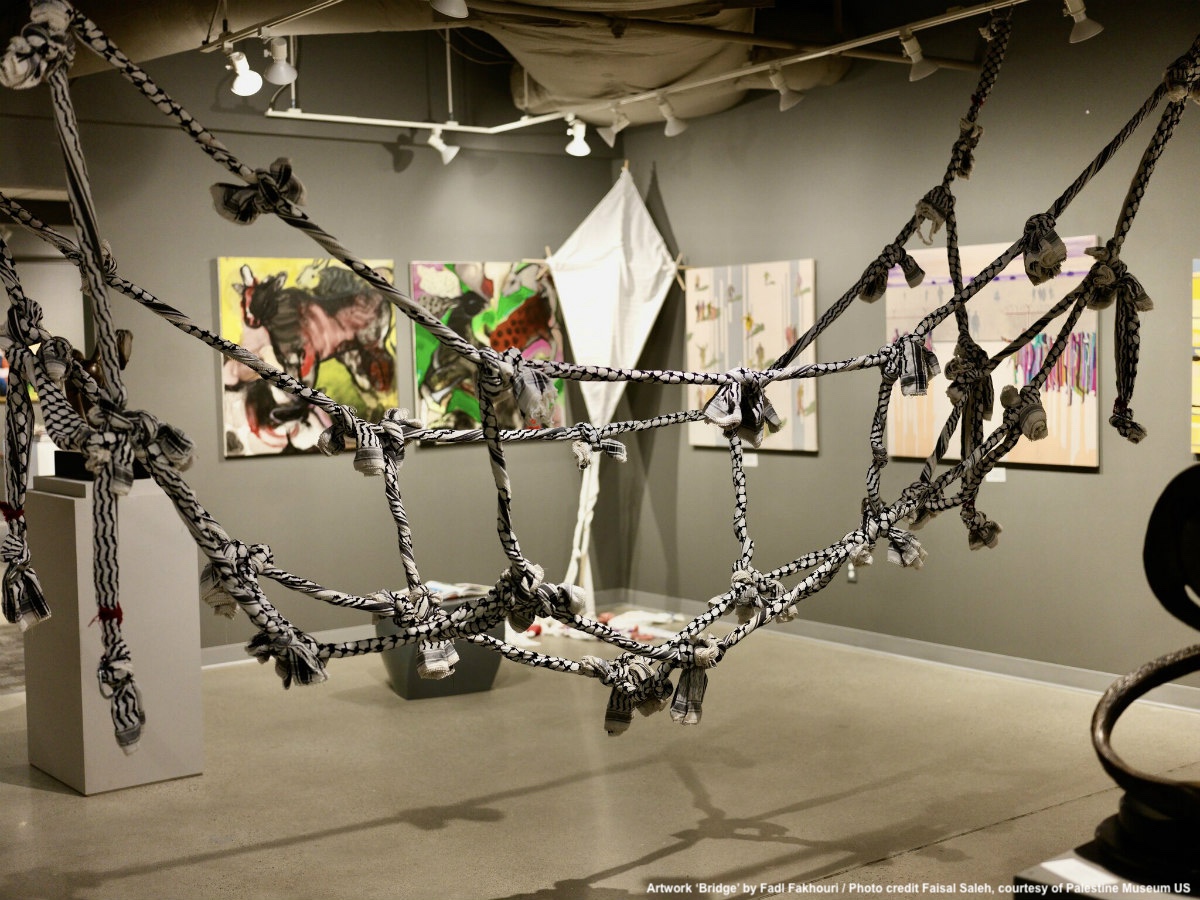Amid the era of predictable unpredictability, the pandemic has soured a myriad of relationships, which blurred the lines between melodrama and comedy, the funny and the repulsive, collateral consequences of a genre-bending time which has put men and women on the verge of a nervous breakdown. One could think of that famous Almodóvar movie where lover Pepa packs in a suitcase the things of her boyfriend distraught by their break-up. Presents included. A ceramic duck, (“who needs a duck anyway?,” she murmurs), a plastic flower; in a real life story, those things could have ended up in the Museum of Broken Relationships.
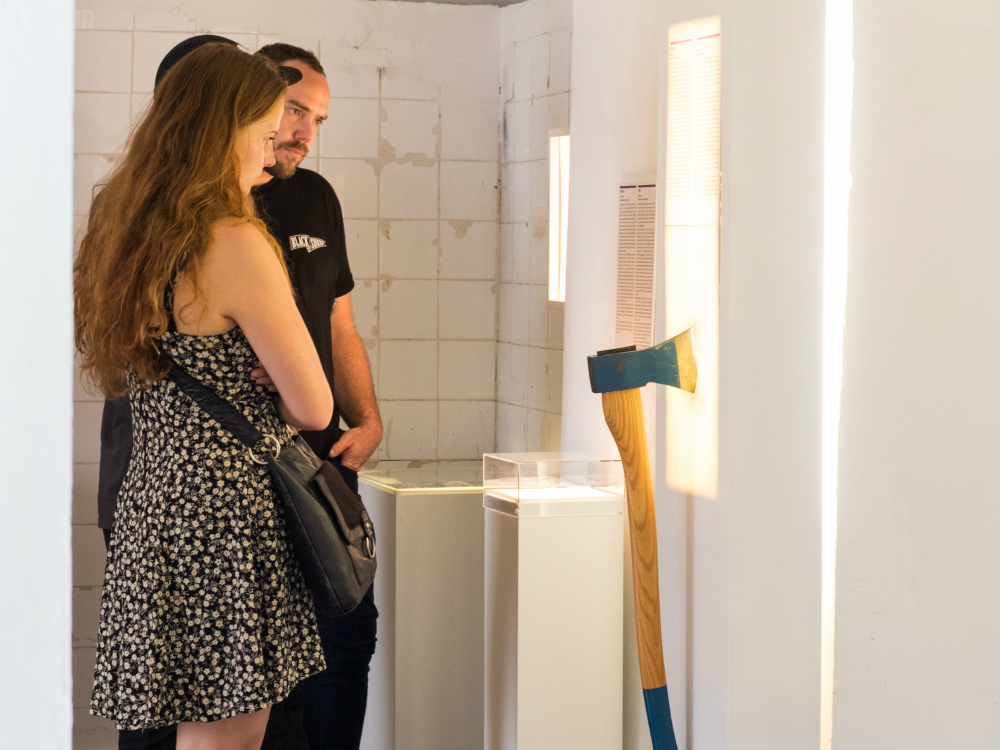
Founded first in Zagreb in 2010, the Museum of Broken Relationships exhibits objects submitted by enraged lovers confessing their break-up stories. When the first pandemic outbreak hit the cities, two months of lockdown were enough to make items and stories poured in by the thousands to the museum.
One of the founders, Dražen Grubišić, identifies as a versatile visual artist. So I asked him to tell me why he, together with his ex-lover, co-founder, arts and film producer Olinka Vištica, has tackled the topic of abandonment, the misunderstanding between women and men, for years through the museum. Mostly, he says, you have an idea for an exhibition, you implemented it, it is done, you move forward.
But this project, which was never meant to be a museum, stuck with us for years because of the overwhelming response that we got from people, such sincere emotional feedback that we realised it positively affects the mental health of visitors. We decided to turn it into a museum.
By now it has become so established that when a disappointed lover google broken relationships, he or she would get a surprising search response ahead of the self-help advice, the museum. Neither Grubišić nor Vištica have a background in museums. Yet they have been frontrunners on the importance of the psychological element that museums can offer to improve people’s well-being and mental health. Where museums are no longer the custodians of artefacts of the past, but rather people set the scene through their intervention. The museum is located in Zagreb, but lovers can unburden the emotional load from anywhere by sending to the museum that particular item that reminds them or symbolises a painful experience after a relationship failed.
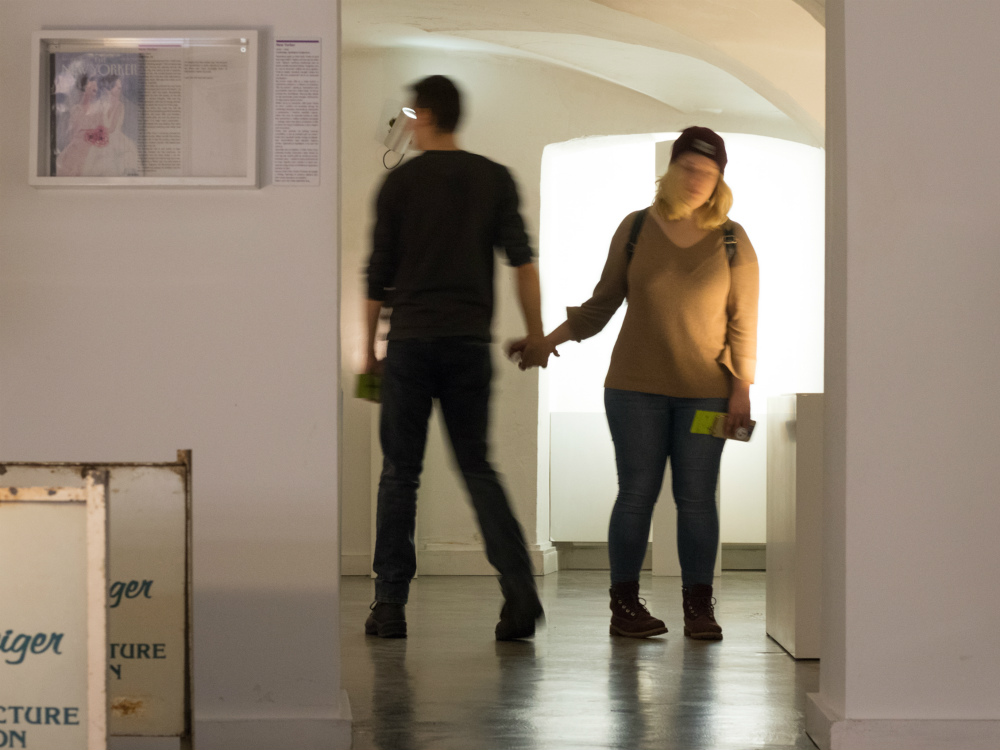
In fact, the museum keeps wandering through cities around the world, 56 cities so far, collecting, through local partners, objects and stories on its way. All together they tell the story of each city, explains Grubišić, for example, in Manila they mainly tell the dramatic impact of migration and how remittances sustain the life of many families in the city. At an exhibition in Alta, Norway, one of the world’s furthest northern cities, we collected many stories of suicide, reveals Grubišić, that we had to balance with some kind of positive which we bring from the permanent exhibition.
But, how to find the right balance? I tell him it seems as if visitors feel their emotions owe that right balance a favour, thus the big responsibility they have as curators of the museum. He’s also feeling the heaviness of this work. “We change the exhibition every three years competely, in that period we have over 4,000 donations and you have to read all the stories. And when you read them, you have to be in the same mood and concentration, it takes time to select the stories to create some kind of flow at the museum and the visual aspects to it.”
The museum creates a rollercoaster of emotions for the visitor, taking a comical and fun point of origin converting it into something painful, to sober up visitors towards the end, celebrate love and take a lesson from it. The Museum of Broken Relationships is the result of a work, taken so deeply into its meaning, that its founders even encourage participants to send their stories in their own first language to keep the gist of a collective emotional history.
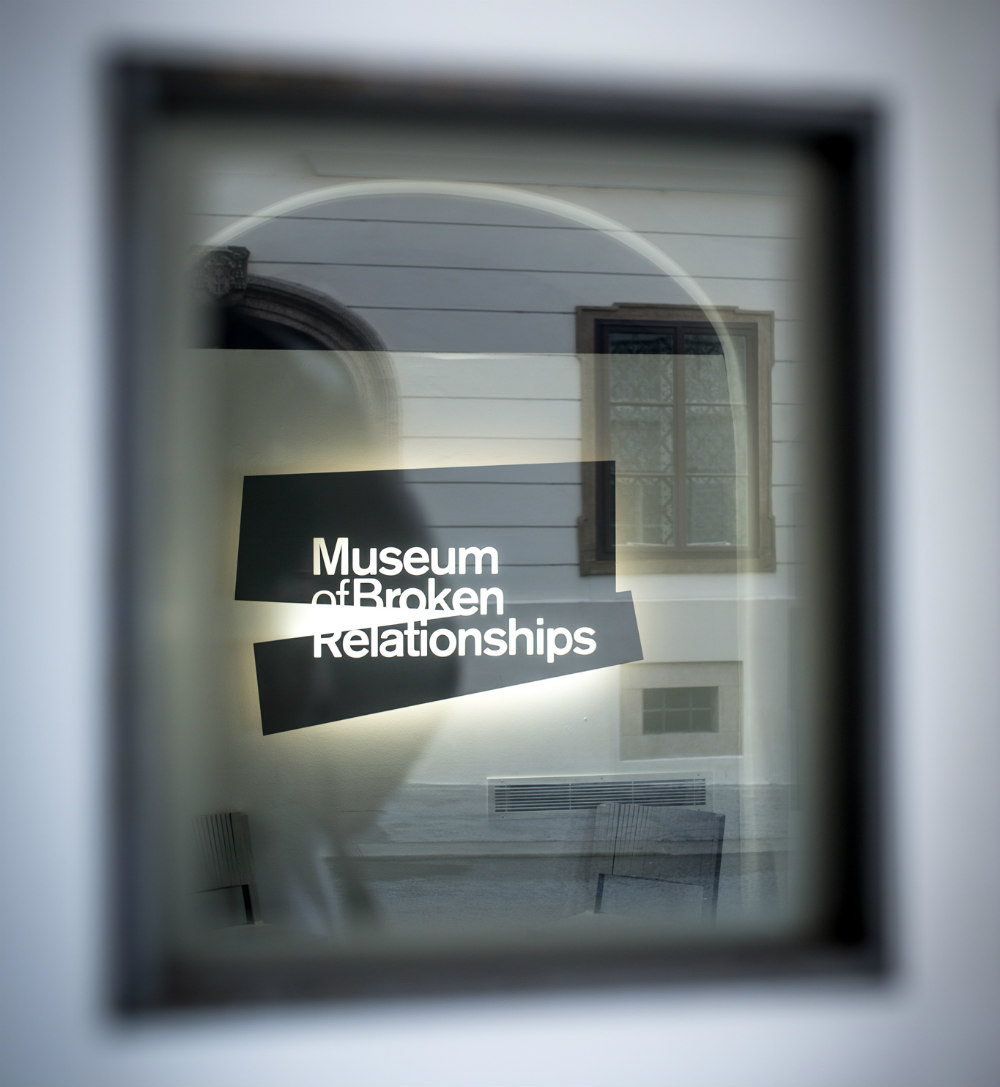
Even so, beneath this work lies not only the complexity of human relationships but also the political, social and cultural context when and where the stories take place. At the highest point of the refugee crisis in Europe they collaborate with the Red Cross to expose the break-up experiences of people on the run. The flow of stories can get that complicated, affirms Grubišić. The museum dedicates a room to the difficulty of dating in war times from the Second World War to Afghanistan.
Some stories at the museum from the US talk of post-traumatic stress disorder (PTSD) and how this mental health condition causes sad break-ups, explains Grubišić.
The museum and the itinerant exhibitions haven’t stopped during the pandemic, from Romania to Portugal and across the Atlantic. They have four or five exhibitions per year. Part of the magic of Grubišić’s and Vištica’s work is that while serious it’s also playful, poking reality at the absurdity of the social media frenzy, which portrays people always being loved, having the best life without the dark sides of it. Instead, at the museum, claims Grubišić’s, we are having anonymous real lives explained and exposed, it creates a feeling of “this is not only happening to me”.
Man and I thought I had a bad time!, wrote one visitor in the Book of Confessions at the museum after the exhibition.
From the café at the museum where Grubišić works sometimes, he observes how the exhibition impacts couples entering and exiting. “Often she wants to go in and the guy is just keeping company, but then you see the guy doing much more of the reading than she does,” says Grubišić. Every woman or man can recognize herself/himself in some of those stories – and do have a feeling of relief and validation due to the complexity of love.
Yet the exhibition also provides catharsis for donors on a more personal level, explains Grubišić, there is real value for mental health in the participatory aspect of the museum. “Any psychologist would advise you to write down a dramatic story that happens to you as an effective way of sending it away and getting over it.”
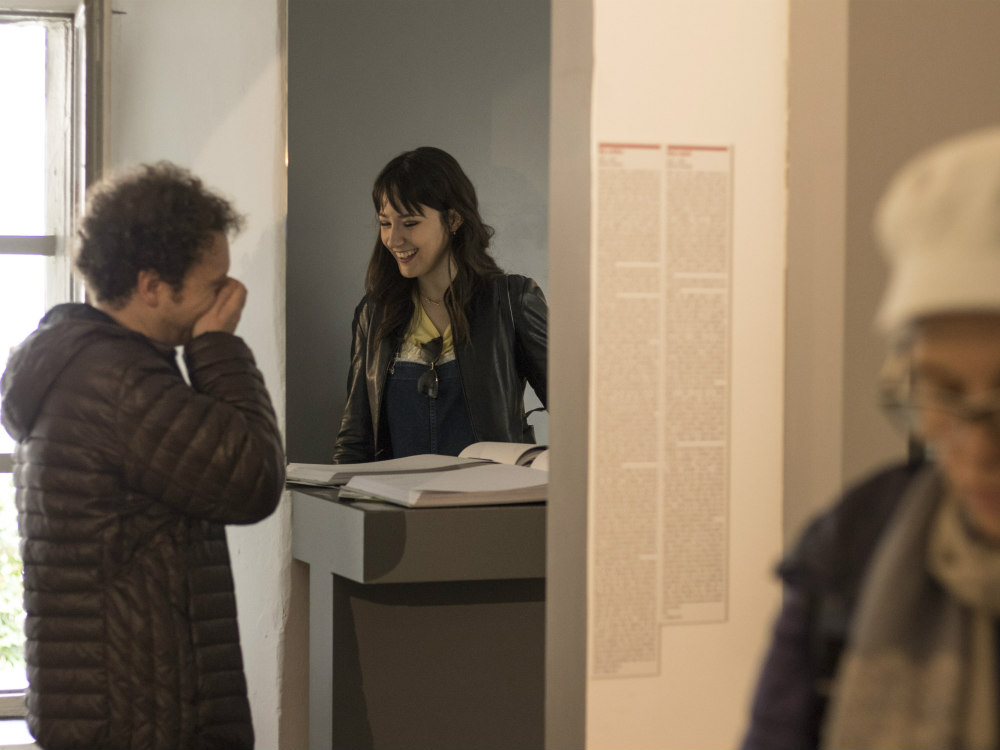
Of course it is difficult to say how much impact this museum has on people’s mental health but certainly it has influenced others in many ways. So far the museum’s approach earned Croatians a new law allowing individuals to donate to museums. Since then museums with private collections have sprouted around the country. Also it inspired the Museum of Failure in Helsingborg, Sweden, recognized its founder once.
In New York the private initiative Mmuseums in 2017 presented a glimpse into the psyche of others and looked at humanity through objects. Writer Oram Pamuk also touched on the topic of promoting emotional well-being and mental health for fervent lover Kemal through the Museum of the Innocence, where he collected each object related to his lover Füsun. Later Pamuk turned fiction into reality and opened a museum of the same name to evocate everyday life and culture of Istanbul.
At the end of our conversation I asked the irrefutable question from whom most of the stories come from, men or women: “Actually 70% of the objects received by the museum are from women, 30% men. In terms of visitors 60% are women, 40%men,” answers Grubišić.
This pandemic has affected men and women equally, and their broken stories are part of that eternal struggle to understand each other. At Women on the verge of a nervous breakdown, Pepa’s apartment fills up with people and their complicated stories in lively Madrid, which set off a strange chain reaction, spiralling out of a deliciously chaotic series of events. At some point, as Pepa collides with a range of different frantic problems, she realises she has got over her own one. Paying a visit to the Museum of Broken Relationships could provoke a similar kind of effect.
